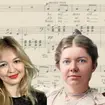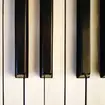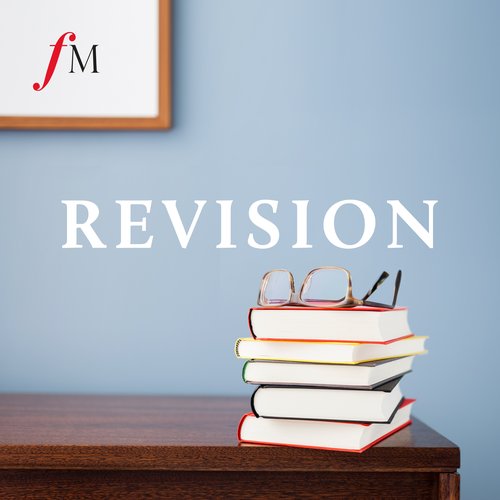When Hazel Scott played two pianos at once in a jaw-dropping display of virtuosity
8 November 2023, 16:27 | Updated: 9 November 2023, 13:54
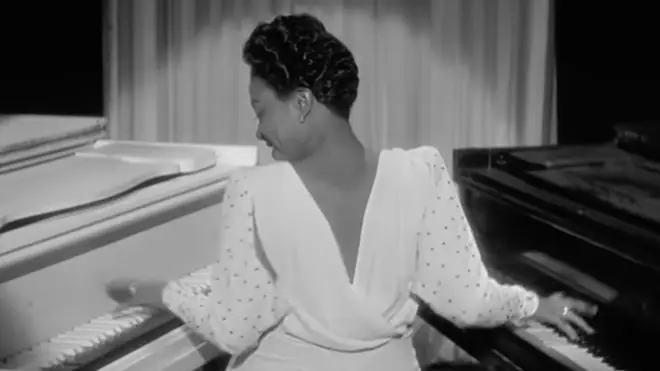
One of 20th century America’s greatest pioneers in music and showbiz, Hazel Scott raised the bar with this astounding performance on two pianos at the same time.
Listen to this article
We’ve all felt that hair-raising, spine-tingling sensation when you hear a true virtuoso at work. Whether it’s a thundering Rachmaninov piano concerto, or the most delicate soprano high note you’ve ever heard, these performances often stay with you for days, weeks, or even a lifetime.
Any performance by Hazel Scott is impressive enough when it’s played on just one piano. But when you add a second piano into the mix, it becomes downright jaw-dropping.
That’s just what Scott did, for the 1943 film The Heat’s On, in which she played herself.
Seated between two grand pianos, the piano virtuoso tickles the ivories (watch below) with an upbeat jazzy solo accompanied by a full band.
But with every brassy interjection, Scott swaps from one keyboard to the other, increasing in frequency until she’s playing both pianos simultaneously – one hand on each keyboard – in a mind-boggling display of musicianship.
Read more: Who was Hazel Scott, the forgotten jazz virtuoso who fought against racial segregation?

Black & White are Beautiful - Hazel Scott on 2 Grand Pianos
With her left hand Scott comps with bluesy chords, jumping swiftly across the keyboard while her right hand spells out a rapid, sparkling melody.
And if this doesn’t sound complex enough already, take a closer look at the left hand piano...
The piano on the right is a standard black piano, featuring 52 large white keys and 36 smaller black keys for the sharps and flats.
But the white piano on the left has an inverted colour scheme, with 52 black keys and 36 white ones.
Truly impressive stuff.
Read more: This one-octave ‘microtone’ piano will change your perception of pitch and harmony forever

Hear the extraordinary sound of a piano with no black keys!
A virtuoso pianist and jazz singer, Scott was a true pioneer in 1940s and ‘50s America.
Born in Trinidad and Tobago in 1920, she was an influential figure in civil rights, breaking new ground as the first Black American to host her own television show.
After being accepted into New York’s prestigious Juilliard School of Music on a scholarship at just eight years old, Scott became so powerful in Hollywood that she was able to pick and choose her film roles.
She had final cut privileges on the films she appeared in, allowing her to approve or veto any editing decisions she didn’t like, and even had it written into her contracts that she wouldn’t play a subservient role but would only appear as herself – Hazel Scott.
Due in part to her outspokenness on equal rights for African Americans, Hazel Scott’s name was left out of much of the history of the time.
Read more: Alicia Keys just played two pianos at once in jaw-dropping Grammys performance
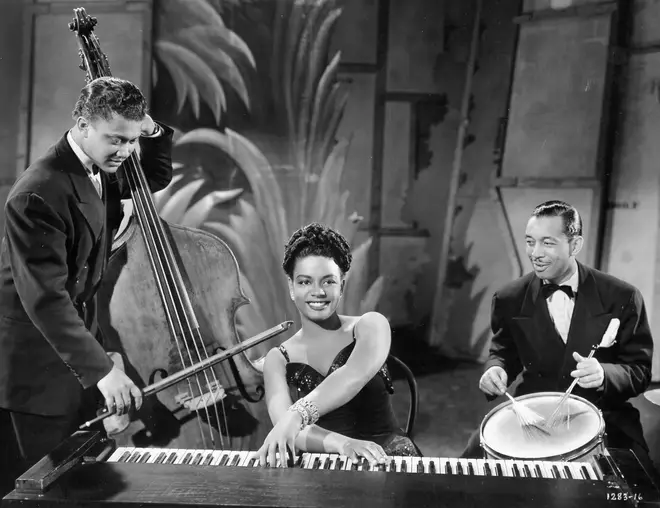
But her legacy still lives on, from viral online videos to a brilliant homage by pianist and singer Alicia Keys at the 2019 Grammy Awards.
In a double piano set-up mirroring Scott’s 1943 performance, Keys performed Scott Joplin’s ‘Maple Leaf Rag’ before declaring: “I’ve been thinking so much about the people and the music that have inspired me, and I wanna give a shout out to Hazel Scott, because I’ve always wanted to play two pianos.”










